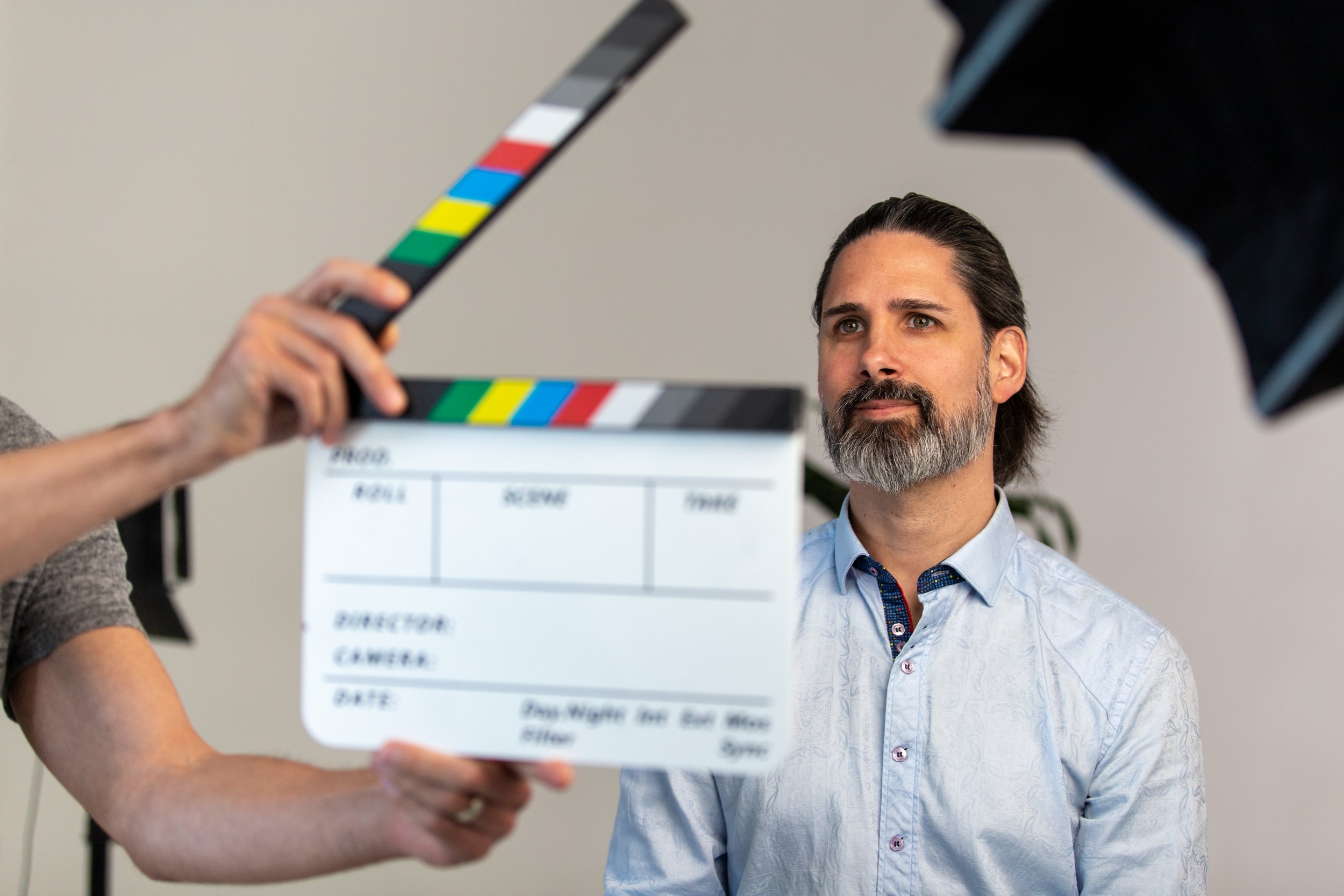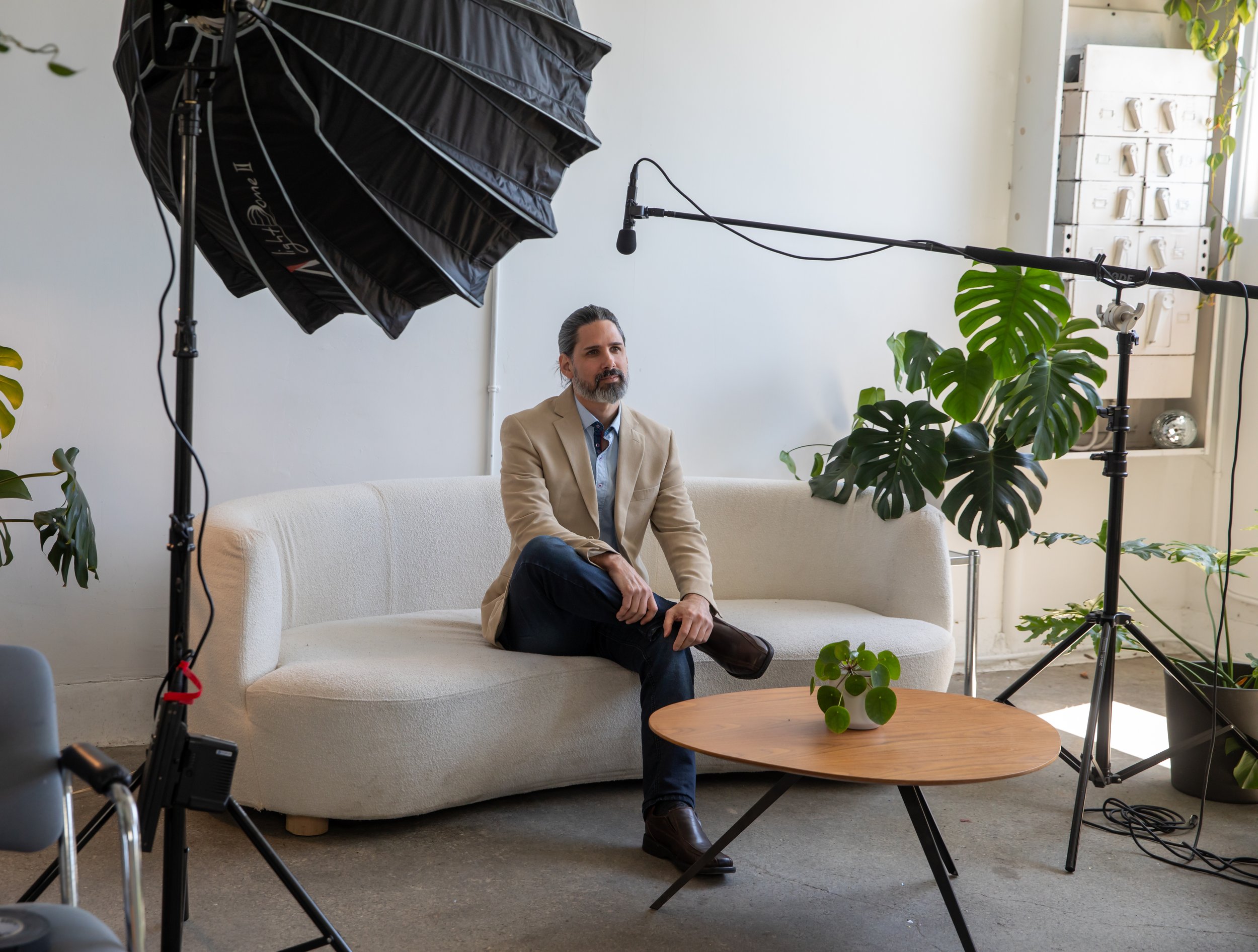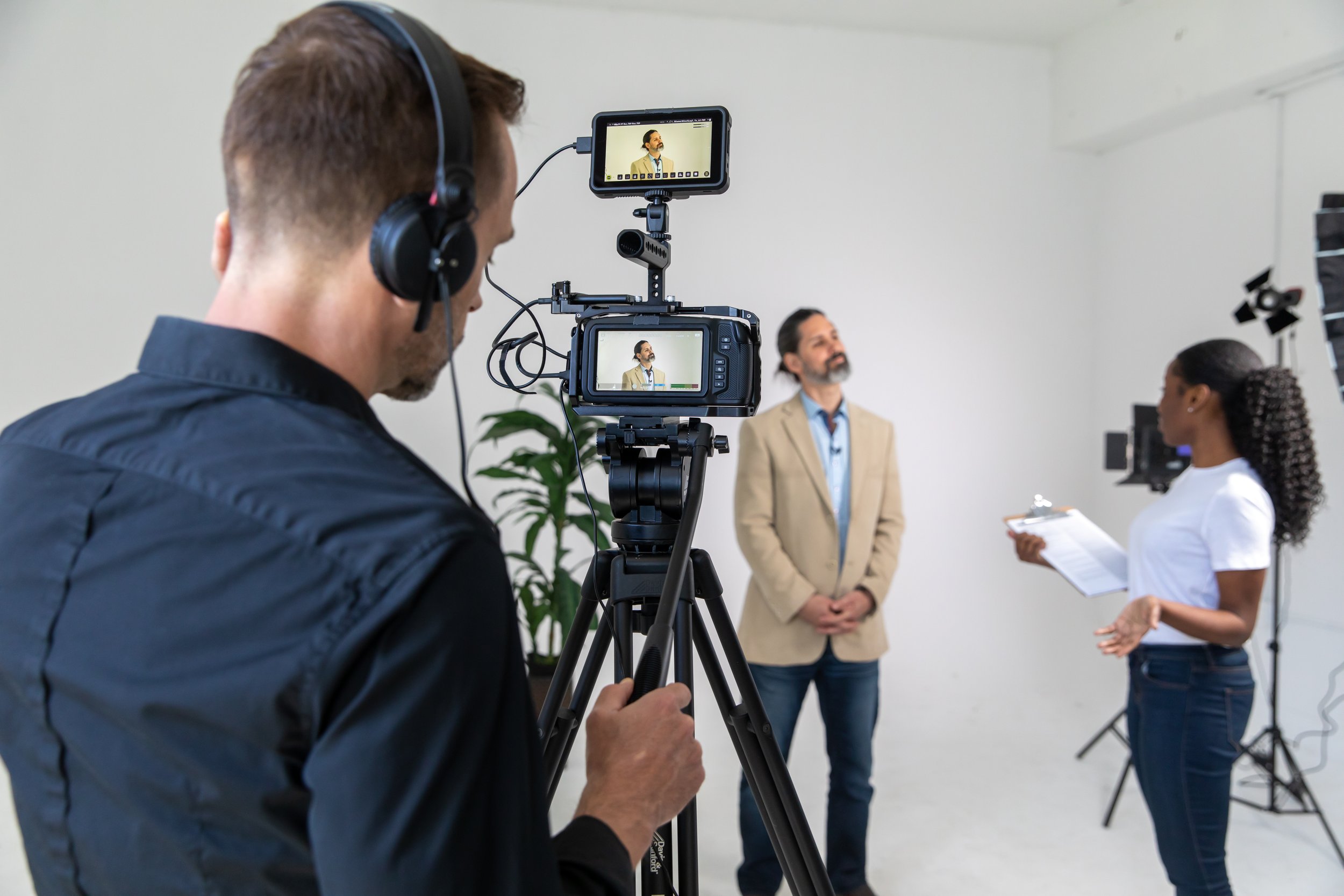Sound Like a Pro: 8 Ways to Gain Confidence on Camera
Not everyone is born with the natural charisma that makes it easy to speak in front of an audience. Today we’re sharing 8 useful tips to help you get more comfortable and confident on camera.
There are some people out there who can easily get in front of a camera and speak on just about any topic. They don’t get nervous, they don’t need rehearsals, and they seem to exude an effortless confidence on camera.
For the rest of us, things just aren’t that easy. We get sweaty palms, butterflies in our stomachs, start to stutter and even forget what we want to say. Speaking infront of the camera can be an overwhelming and daunting task. Our video production team has interviewed dozens of people and we can assure you that the nerves are not only normal but entirely common in the industry. To help you better prepare for your day on camera, we’re offering some helpful tips to gain confidence and take some of that pressure off.
It Doesn’t Have to Be Flawless
Remember that your video will be edited and no one is expecting you to get it right in one take. It’s common to make mistakes and have to redo takes multiple times. The best parts of your speech or interview will be edited and often integrated with other footage to hide all those ums and ahs. We’ve actually filmed people who felt like they did a terrible job only to see the final edit and be blown away with the results. A good editor can work wonders. The only exception to this would be when you’re recording a live event or interview. If that’s the case, these next tips will come in handy.
Practice Makes Perfect
Confidence and competence are linked: the better you are at something, the more confident you will be doing said thing. And one of the best ways to improve your ability in public speaking is to practice, practice, practice. If you’re preparing for an interview, have someone ask you relevant questions beforehand so that you can gain confidence in your answers. If you’re going to be reading a speech on camera, a program like Cue Prompter can help you get comfortable using a teleprompter. Even speaking to yourself infront of a mirror will help you feel more prepared for being on camera.
Have the Right People Around
The more eyes on you, the more pressure you may feel. You might find that colleagues want to join in and watch you on the day of a video production. This could be highly distracting, especially if they start offering advice on what they think you should or shouldn’t say. If you feel more comfortable without their input, it may be necessary to ask others to leave the room. On the flip side, you may be more at ease having a certain coworker on set for support. They may help make you laugh and stay relaxed during filming.
No One Is Rushing You
In the majority of cases, there is plenty of time to record what you have to say. Mistakes are very common during video recordings so it’s likely your video production team has budgeted extra time for multiple takes. The last thing you want is to feel like everyone is waiting on you to get it right so that they can go home. If you feel like you have a very difficult time speaking in front of cameras, it may be worth setting aside extra time on the day of your shoot to avoid feeling the pressure of the clock.
Observe and Take Notes
One of the best ways to improve your on-camera speaking is through observation. We recommend watching a wide variety of speaking videos from Ted Talks to corporate interviews and even commencement speeches. Observe the speaker’s tone, body language, and even what they’re wearing. By watching other notable people speak, you’ll begin to notice what you like and dislike and can apply these insights to your video.
Timing is Key
It’s important to know when your peak performance hours are as you schedule a video shoot. We find the best times to be mid-morning, usually between 9-11 am. This is often when most people still feel energized from that morning coffee and are not yet facing the dreaded afternoon slump. If you happen to be filming in the afternoon, you may want to avoid having a big lunch and opt for an energy-boosting snack instead. Try to avoid filming at the end of a long day since you may feel more drained and have already been speaking during various meetings and calls.
Use a Teleprompter
If you’re reading a script, the use of a teleprompter is pretty much a no-brainer. A teleprompter displays text right in front of the lens of the camera which allows you to maintain eye contact with the viewer. This eliminates the need to memorize lines or read off cue cards and is completely undetectable to the average viewer. Teleprompters are also convenient for those last minute speeches when there isn’t any time to rehearse or prepare. While you’re reading a script, you’ll want to add some natural pauses and gestures to avoid having it look or sound too scripted.
Make It A Conversation
Sometimes speaking on camera feels difficult because it feels forced and unnatural. In this case, it may help to think of your video as a conversation rather than a speech. Consider getting someone to ask you questions about the planned topic and reply to these questions as you would in person. Use this as a base for your video. Thinking of your message as a conversation can make it feel a lot more authentic versus simply reciting complex facts and figures.
We hope these tips and insights help you cope with some of the fears and anxieties about being on camera. As a production team, we’re always in your corner and will go out of our way to make sure you feel as relaxed and comfortable on set as possible. For any inquiries or to receive a custom quote, feel free to reach out to us.
About Winter Summer Media
We create premium visual content for corporate videos, interviews, announcements and events. A simplified approach to all your B2B video marketing needs.



